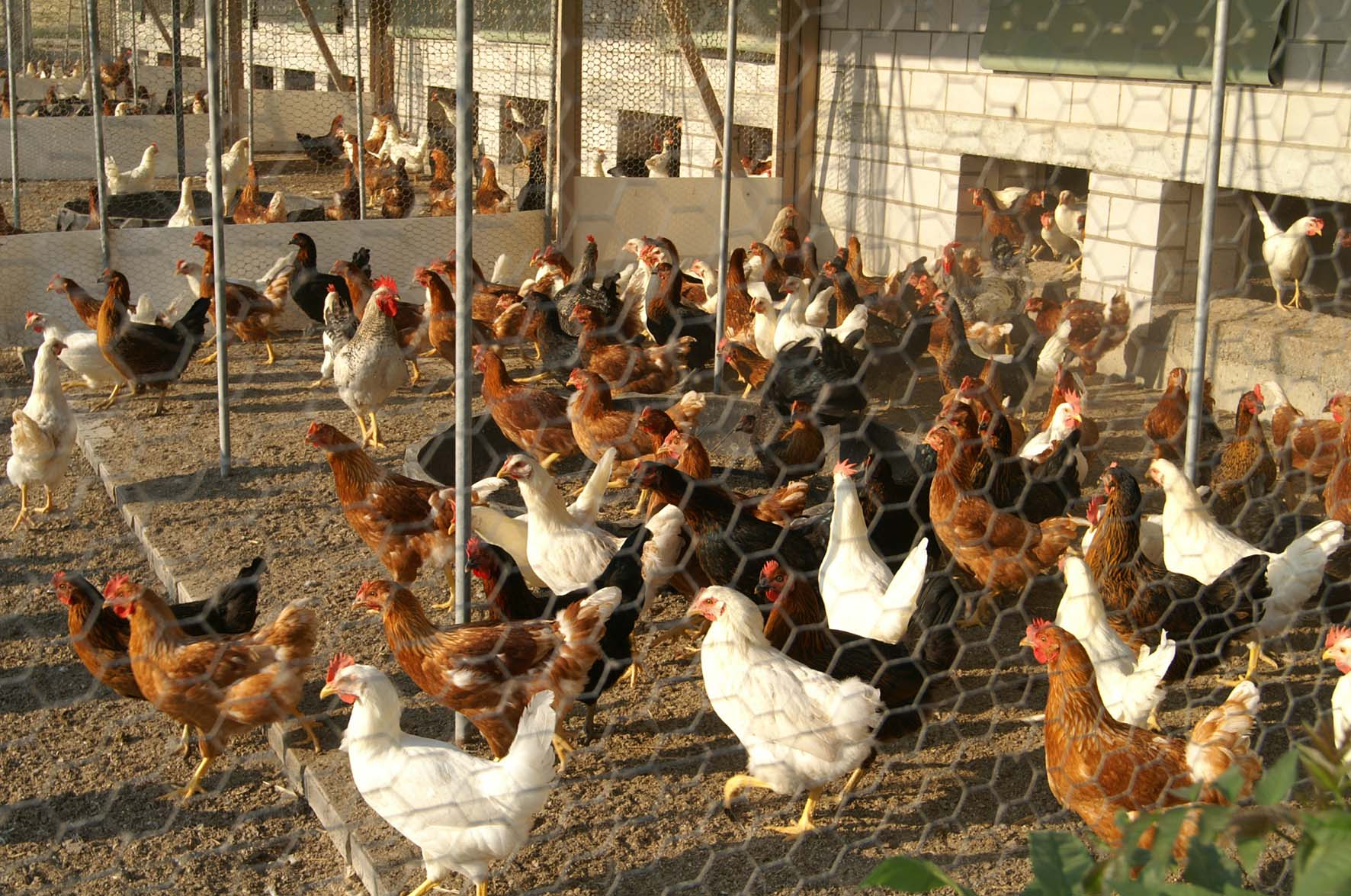Why noise is bad for attracting girls

Male birds sing higher when confronted with short-term changes in noise levels, Swiss scientists have discovered. But there’s a catch: the females don’t like it.
The research on reed buntings by a Zurich University team has shed further light on the – still not yet fully known – effects of noise pollution on birds.
Previous studies among certain species in Europe, Australia and North America have shown that city birds sing at a higher pitch than their country cousins.
This is because most human-made noise is low-pitch, like birdsong, so the males have to go up a notch to be heard by potential mates.
But experts didn’t know whether this development was a long-term evolutionary change or whether the creatures could simply adapt to noise when needed.
“What we found was that the birds were indeed able to adjust their songs immediately to noise,” study leader Hansjoerg Kunc told swissinfo.ch.
The results of the research are published in the October edition of the American Naturalist journal.
Noise and quiet
Members of the university’s Zoological Institute observed reed buntings at the Neeracherried nature reserve near Zurich, which has a lot of motorway noise during the week but is quieter at the weekend when the road is closed.
“The birds changed their singing behaviour within a day,” said Kunc, who is now at Queen’s University Belfast. Thus they sang higher during the week, but at the weekend their songs reverted to the normal pitch.
But to double-check this wasn’t coming from other factors such as the weather or territorial concerns, the team moved on to a quieter nature reserve at the Pfäffikersee lake and conducted a special experiment.
“We recorded motorway noise and played this back to the birds. And they changed their song immediately – they again increased the pitch of their songs to avoid the masking of the low-frequency parts,” Kunc said.
Love life downside
But this behavioural flexibility has a downside. The pairing success of male reed buntings, a small fenland bird, was much lower in the noisy Neeracherried than in the quieter Pfäffikersee reserve.
“It seems that the females in Neeracherried didn’t really like the higher frequency songs, so the males were not really able to attract a female,” Kunc explained.
Kunc, who is a specialist in animal behaviour and ecology, wants to take his research into noise pollution a step further.
He is currently investigating whether robins can also adjust their songs to noise.
“Reed buntings have a relatively simple song so they can only really modify the pitch,” Kunc said. “Whereas a species like the robin, with a relatively complex song, can change parts of the song or maybe even lose parts of the song because it has to adapt to the novel environmental conditions.”
In the field
Stefan Heller, who manages the Neeracherried reserve – a fenland of national importance – for BirdLife Switzerland, welcomed the study’s results.
He wasn’t surprised that the traffic noise affected the birds at the reserve – it’s even a nuisance for humans. But until now, it wasn’t known how.
“What is surprising is that the birds here in Neeracherried don’t find it as easy to find a partner as in a quieter area,” Heller told swissinfo.ch.
He said noise could be a much worse problem for birds than previously thought.
But he added that measures could be taken to counter the problem. At the beginning of October, a local authority commission recommended moving traffic from inside the Neeracherried to outside its borders.
“One reason is the noise, but it’s also because these roads cut right through the reserve and disturb migratory species like frogs or young birds that walk across the roads,” Heller said.
“So one can even move roads if one has important reasons to do so.”
The bird is sparrow-sized but slim and with a long tail. The male has a black head, and females and winter males have a streaked head.
It is predominantly a farmland and wetland bird. When singing, the male is usually perched on top of a bush or reed. Reed buntings eat seeds and insects.
It breeds across Europe and much of temperate and northern Asia. Most birds migrate south in winter, but those in more temperature climates are resident.
There are an estimated 3,000-5,000 pairs in Switzerland.
The American Naturalist is a monthly scientific journal founded in 1867. It is associated with the American Society of Naturalists.
AmNat covers ecology, evolutionary biology, population and integrative biology research.
Kunc’s “Behavioral Plasticity Allows Short‐Term Adjustment to a Novel Environment” was published in the October 2010 edition and electronically published in August.

In compliance with the JTI standards
More: SWI swissinfo.ch certified by the Journalism Trust Initiative











You can find an overview of ongoing debates with our journalists here . Please join us!
If you want to start a conversation about a topic raised in this article or want to report factual errors, email us at english@swissinfo.ch.